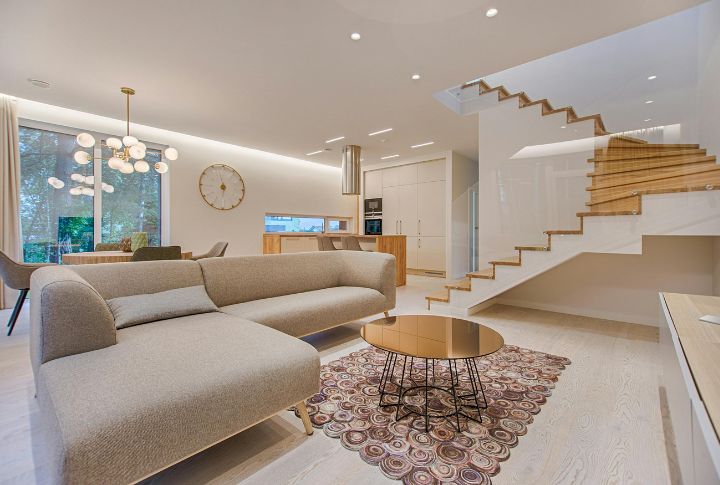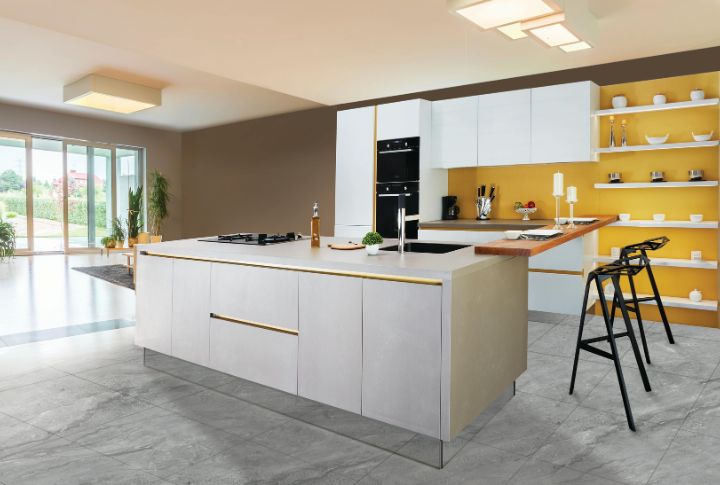
Ever walked into a home that looked incredible but somehow didn’t work? Everything seemed right, yet something felt off. The issue often lies in layouts that chase beauty but forget comfort. When form wins over function, daily life takes the loss. Keep reading to see which designs fail in real living.
The Formal Living Room No One Uses
Every home has one immaculate room that feels too perfect to touch. Soft couches and pristine rugs sit untouched, showing no sign of real life. That’s the problem: people stay out of it. Spaces made for living should welcome use and warmth, because comfort always outlasts perfection.
The Dining Room That’s Miles From The Kitchen
A distant dining room turns simple meals into logistics. Too many steps separate food from conversation. Placing the table near the kitchen brings back flow, warmth, and the kind of ease every home deserves.
The “Sofa Facing The TV” Only Setup
Picture this: people facing forward, talking to a screen instead of one another. That one-directional setup drains energy and dulls the connection. A living room should spark conversation from all sides, not silence it. Rearrange the space and let people—not pixels—be the focus again.
The Bathroom Door Opening Directly Into the Kitchen or Living Room
Few moments feel as awkward as a bathroom door swinging open near where people eat or chat. Privacy disappears, and so does appetite. Even with flawless design, proximity matters. A small hallway or divider makes all the difference between functional flow and social discomfort.
The Kitchen Island That’s Too Big To Navigate Around

A grand island might impress guests, but it slows the cook. Too much surface means more steps, more clutter, and less practicality. Kitchens thrive on rhythm—where everything’s within reach. Oversized islands interrupt that dance, turning cooking from a pleasure into a tiring obstacle course.
The Home Office In A High-Traffic Area
Working amid household noise can quickly drain focus and patience. Constant chatter and background sounds pull attention in every direction, making it tough to stay on track. Relocating to a quieter space brings an immediate sense of calm and allows concentration to work again.
The Oversized Open Concept Living Space
Expansive rooms suggest ease yet remove boundaries that create calm. Noise lingers, air cools too quickly, and daily routines lose cohesion. Without definition, the house becomes a stage rather than a home, spacious yet strangely disconnected.
The Corner Fireplace That Hijacks The Room Layout
At first glance, a diagonal fireplace seems charming. Then comes the furniture shuffle. Every seat angles awkwardly toward it, and symmetry disappears. Television placement also becomes a puzzle, too. The design steals the room’s balance, forcing comfort to compete with a misplaced focal point.
The Windowless Interior Room
A windowless room can feel more like a forgotten box than a welcoming space. No amount of artificial light can match the warmth or boost that sunlight brings. That’s why these rooms usually become storage areas instead of spots people actually want to spend time in.
The Bedroom With No Place For A Dresser Or Desk
A true bedroom supports both rest and routine. When there is no place for a dresser or desk, clutter creeps in and structure vanishes. Clothes accumulate, attention drifts, and peace dissolves. A well-considered arrangement returns rhythm and quiet order.

